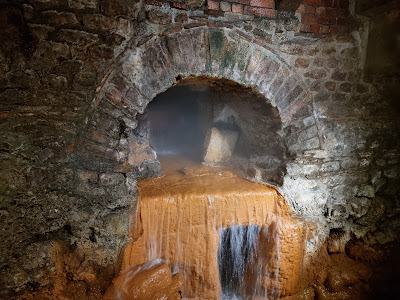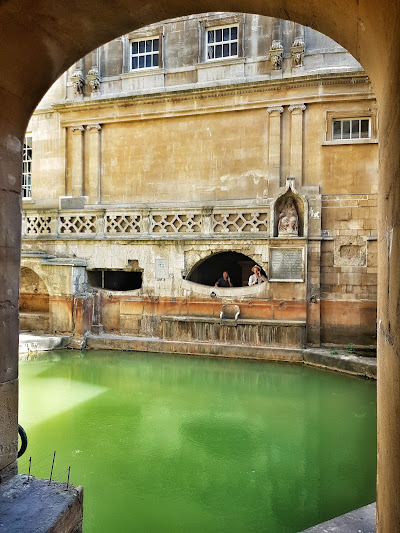The Roman Baths

Introduction
Nestled in the heart of the historic city of Bath in Somerset, England, the Roman Baths stand as a testament to ancient engineering and cultural significance. This remarkable site offers visitors an immersive journey into the past, showcasing the grandeur of Roman public bathing and the rich history of the area. A visit to the Roman Baths promises a unique blend of education and fascination, making it an essential experience for those exploring the United Kingdom.


About the Museum
The Roman Baths complex comprises four main features: the Sacred Spring, the Roman Temple, the Roman Bath House, and a museum housing artifacts from the ancient town of Aquae Sulis. Constructed around 70 AD, the baths served as a communal hub for relaxation and socialization, centered around the naturally occurring hot springs. Today, while the original Roman structures lie below street level, the 19th-century buildings above ground provide a grand entrance to the site. Visitors can explore the Great Bath, an expansive pool filled with steaming thermal water, walk on ancient pavements, and view the remains of the temple dedicated to the goddess Sulis Minerva. The museum offers a wealth of artifacts, including sculptures, coins, and inscriptions, providing insight into the lives of the Romans who once inhabited the area.
Interesting Facts
- Sacred Spring: The thermal spring at the heart of the baths produces over a million liters of hot water daily, maintaining a temperature of approximately 46°C (115°F).
- Gorgon’s Head: The temple pediment features an intricate carving of a Gorgon’s head, a unique depiction that has intrigued historians and visitors alike.
- Roman Engineering: The complex showcases advanced Roman engineering, including an intricate system of lead pipes and drains used to channel the hot spring water.
- Victorian Reconstruction: The current facade and buildings at street level were constructed in the 19th century, reflecting Victorian architectural styles while preserving the ancient structures below.
- UNESCO World Heritage Site: The city of Bath, including the Roman Baths, is designated as a UNESCO World Heritage Site, recognizing its cultural and historical significance.
Photo Gallery








Physical Location
Contact Details
Phone: +44 122 547 7785
Website: romanbaths.co.uk/
Facebook: facebook.com/TheRomanBaths
Conclusion
A visit to the Roman Baths in Bath offers a captivating glimpse into ancient history, allowing visitors to walk in the footsteps of the Romans and experience the grandeur of their public bathing culture. The combination of well-preserved structures, informative exhibits, and the enchanting ambiance of the thermal waters creates an unforgettable experience. Whether you are a history enthusiast or simply seeking a unique and educational excursion, the Roman Baths provide a window into a bygone era, leaving a lasting impression on all who explore this iconic site.




